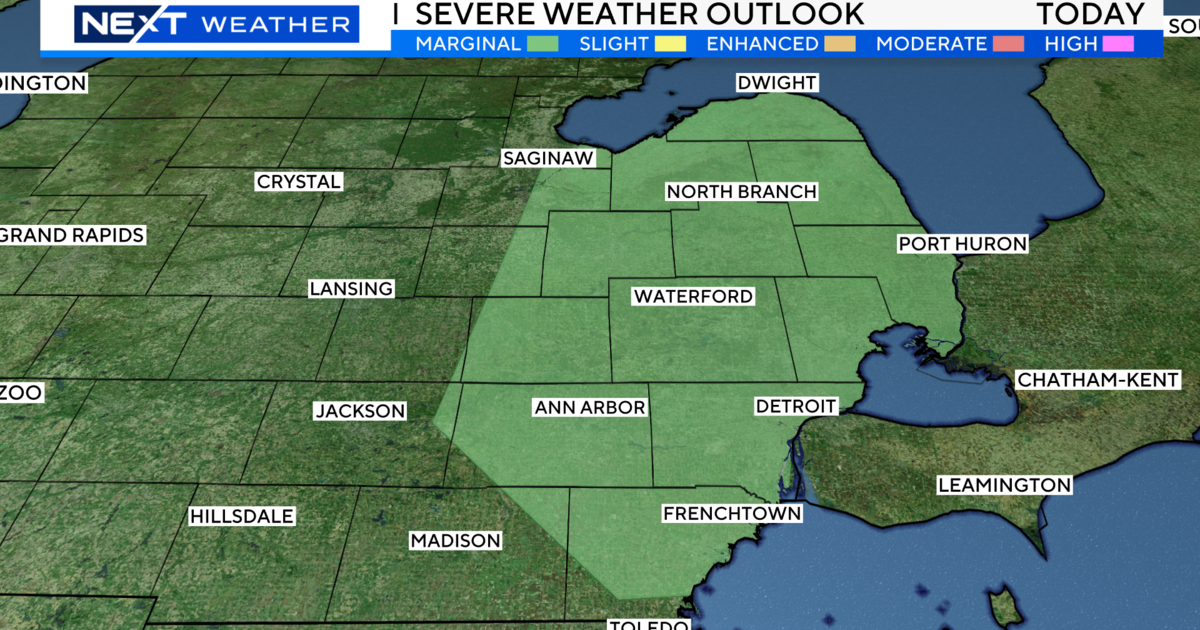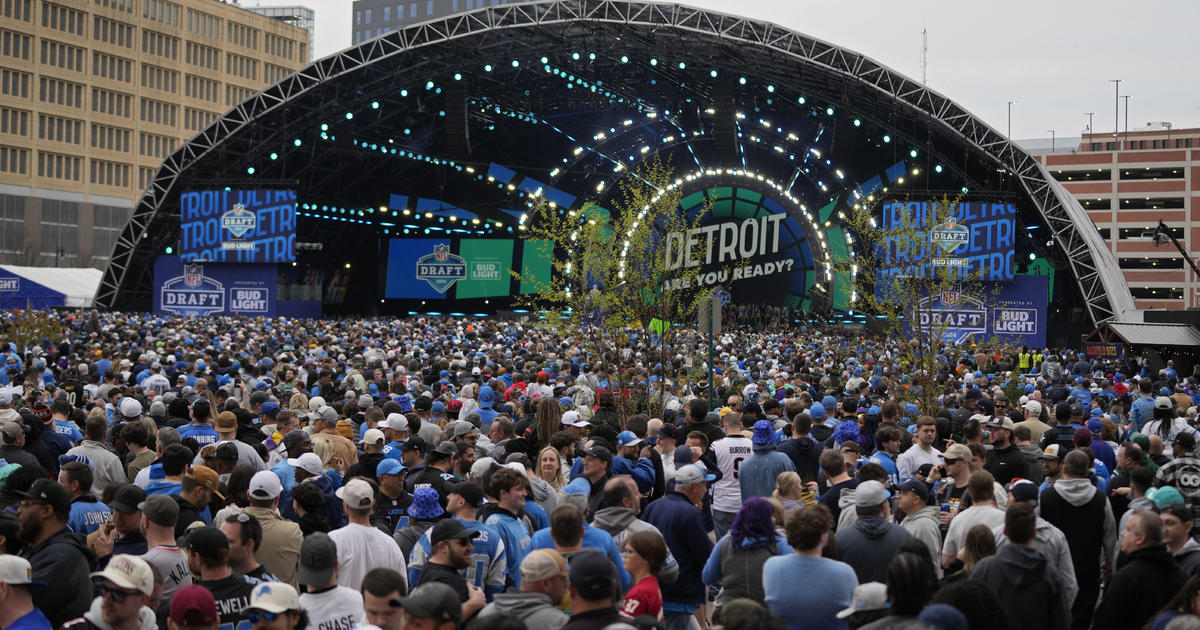How do USDA hardiness growing zones impact Michigan gardeners, greenhouses?
(CBS DETROIT) - George Papadelis, owner of Telly's Greenhouse in Troy and Shelby Township, knows a thing or two about plants.
He and his brother didn't have lemonade stands to make money when they were kids, they learned about plants firsthand while growing and selling them on the side of the road to make a couple of extra bucks.
"We kind of saw that if we were growing the plants that people were asking for because we were both the grower and the seller, and we were giving people exactly what they knew what they wanted, and it just fed us to keep growing what they want and more of what they want and I think that that's part of the reason why we're successful," Papadelis said.
The U.S. Department of Agriculture's plant hardiness zone maps are used to determine which perennial plants will grow best at a given location regarding the average extreme minimum winter temperature. These maps are updated every ten years.
The USDA changed gardening zones at the end of 2023, and Michigan got a little bit warmer. But that could be a good thing for gardeners and the greenhouses.
"Here in Michigan, we've been used to a certain set of plants, whether it's annuals or perennials or trees and shrubs that we can grow, and if the winters become a little bit more mild, then that palette of plants expands. And maybe up here in Michigan, we'll start doing things a little bit more like they might do in Ohio or in Tennessee," Papadelis said.
So, what does the warmer climate mean for the growing season?
"A lot of crops are growing a little bit faster because it's been warmer. Maybe we can grow a few plants that are somewhat marginal for Michigan," Papadelis said.
Greenhouses have to take into account the hardiness zones of the plants they grow and sell. These zones have changed and have affected portions of the US. That can affect both the greenhouses and their customers.
"We typically draw the hardiest plants that are available for our customers up here in the north," Papadelis said. "When the pallet has expanded to include more varieties, more cultivars, more species or whatever, then we can offer more plants and maybe some people might be a little bit more excited about growing out something that they couldn't grow before. So that's the good news."
But Papadelis doesn't see a drawback in the warmer temperatures.
"If the summers end up being hotter, then maybe people will buy more heat-loving plants than just sort of regular bedding plants," he said. "If we're growing certain peppers or certain eggplant that have that produced fruit in a shorter amount of time and we're picking those varieties because they yield quicker, now we can pick four more varieties that maybe take an extra week or two to mature because we've got an extra week or two for those to mature."
Essentially, the growing season has just gotten a little longer. Papadelis explains he already has people starting their gardens.
"I mean, I've got people coming asking for tomatoes. That's a month earlier than they really should be asking for tomatoes," he said.
Regardless of the climate, people are still keeping a close eye on the weather.
"You know, gardeners and farmers, after a while, they kind of ... figure out, 'I've got to watch the forecast,'" Papadelis said. "So right now, everyone's watching the forecast. We can see out pretty clearly 10 days. If we don't see any frost in the forecast, then we're thinking maybe we can get away with gardening with some frost-tolerant plants earlier than we usually would. People are thinking maybe I might get a whole month, you know, jumpstart on the season."




